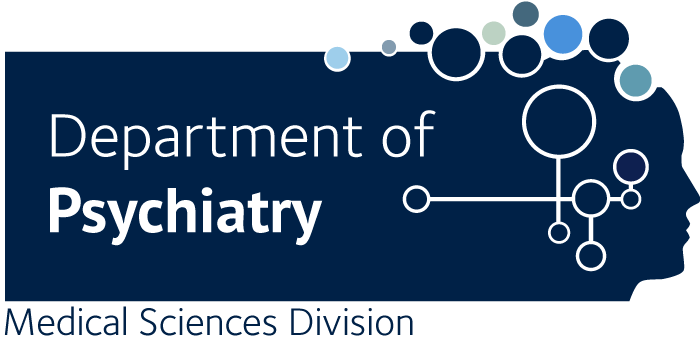Epilepsy in low- to middle-income countries.
Sen A., Newton CR., Ngwende G.
PURPOSE OF REVIEW: Epilepsy disproportionately affects those in low- and middle-income countries (LMICs) where diagnostic and treatment gaps persist.We highlight key recent developments and showcase practical opportunities to improve epilepsy care in resource limited settings. RECENT FINDINGS: In LMICs, cultural, socioeconomic and infrastructural factors drive the epilepsy treatment gap. Robust implementation of the WHO Intersectoral Global Action Plan (WHO IGAP) and Mental Health Gap Action Program (mhGAP), for example, will reduce the epilepsy education gap. Engaging traditional healers and other key community leaders should lessen stigma. The Epilepsy Diagnostic Companion, a culture specific tool that helps identify convulsive seizures, can expedite epilepsy diagnosis at primary care level. Novel, robust 3-D printable EEG headsets prototypes that can be deployed in remote rural communities have been piloted with encouraging results. Levetiracetam has been added to the WHO Essential Medicines List (EML), paving way to safer, less teratogenic antiseizure medications (ASMs). Epilepsy surgery programs in carefully selected patients potentially offer cheap, effective and potentially curative treatments, including in LMICs. SUMMARY: Apps, EEG prototypes, better access to ASMs and implementation of WHO iGAP offer current, tangible opportunities to improve epilepsy care in LMICs. Bidirectional learning must be facilitated to also help hard to reach communities in high-income settings.

